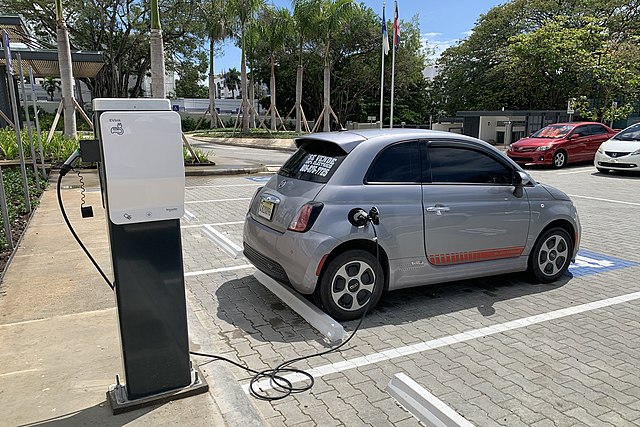Electric vehicles (EVs) are becoming the new normal. They are filled with up-to-date technologies, bringing added convenience and cost-saving benefits to the consumer. With EV technology advancing further every day and increasing numbers appearing on our roads, it’s important to consider their impact on the environment. Although they are typically a more carbon-friendly alternative, the manufacturing and disposal of their batteries can have a significant impact on our environment.
Understanding the life of EV batteries
For many, the motivation for buying an electric vehicle is reducing their carbon footprint by not needing to burn fossil fuels, but it’s important to understand that going electric isn’t carbon-free. The majority of the value of an EV lies within the battery – the main component that sets them apart from their combustion counterparts. EV batteries typically last between 100,000 to 200,000 miles, which may be plenty for a typical consumer, but what happens when the battery starts to wear out? Can it be disposed of in an eco-friendly way, or does the sustainability aspect of an EV stop here?
Battery recycling
EV battery recycling has been a contentious subject for the past few years. It used to be that these batteries couldn’t be recycled as no one had the infrastructure for it. This meant that the precious metals used – including cobalt and nickel, which are rare – would be wasted once the battery failed. Not only that, but if the batteries end up in landfills, they can produce problematic toxins that are harmful to the environment.
Luckily, there has been plenty of innovation in this area as the demand has grown. The US Department of Energy is working to allocate $60 million in funding for EV battery recycling, paving the way for new infrastructure that can help to reduce the cost of recycling. This has been an issue and has prevented some manufacturers from committing to using recycled parts. Currently, in some cases buying materials for new batteries can be cheaper than recycled ones – it’s up to the manufacturers to make the right decision.
A more sustainable future
As time goes on, it is hoped that the cost to recycle (and to use recycled parts from) EV batteries will decrease as the industry becomes more populated. Competition within the market will force businesses to find more efficient ways to recycle, and with governments across the world stepping in to assist, it is hoped this won’t be an issue for much longer.
Although the battery is a large part of an EV, there are still plenty of other components that can be recycled. Granted, the battery is likely to be the first thing that wears out, but there are other circumstances where the entire vehicle could no longer be fit for the roads. Fortunately, the metal body, tires, and plastic can all be recycled just like any other combustion vehicle.
Photo Credit: Mariordo (Mario Roberto Durán Ortiz)

